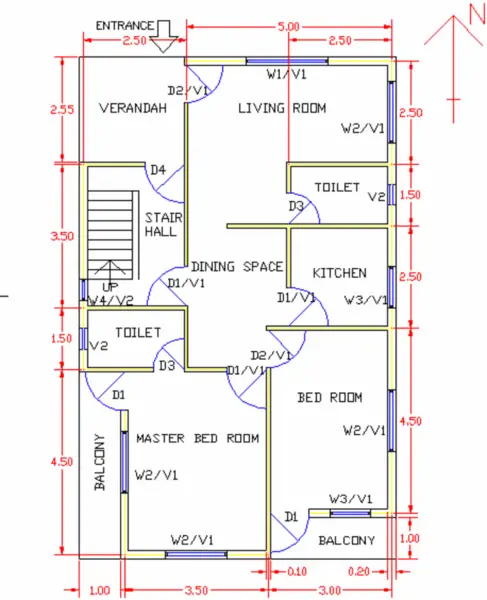Tie Beam Footing: Strategies for Stability
Tie beam footings are an essential component of building foundations, particularly in areas with challenging soil conditions or where the structure requires additional support. In this article, we’ll dive into the details of tie beam footings, covering their design, construction, reinforcement, size calculation, cost estimation, advantages, comparison with isolated footings, load capacity, connection details, and…






